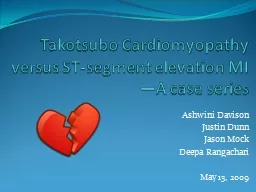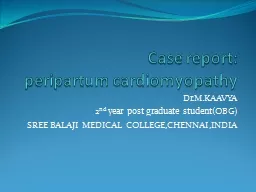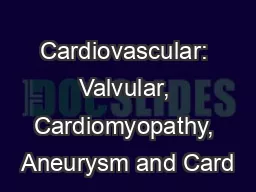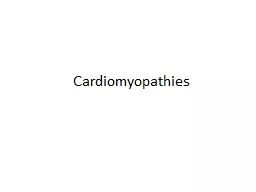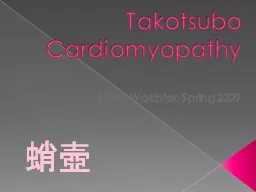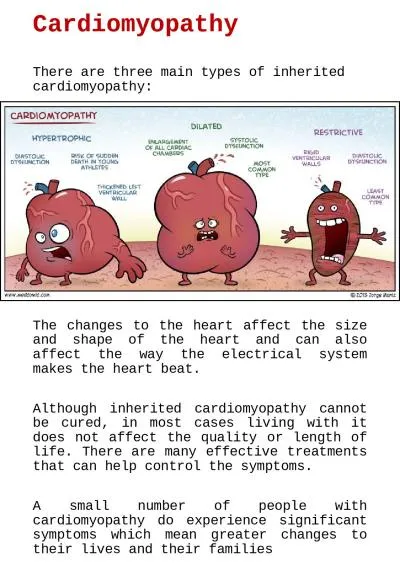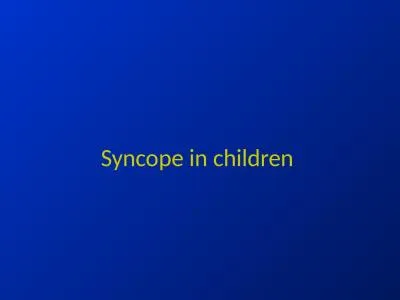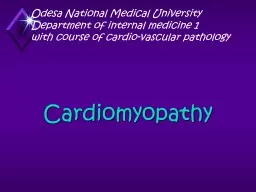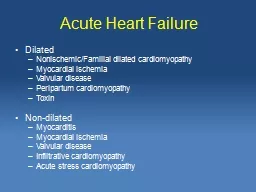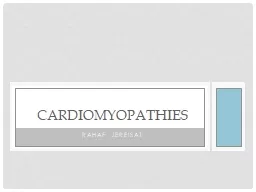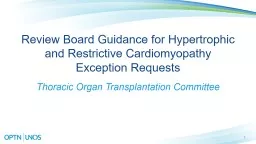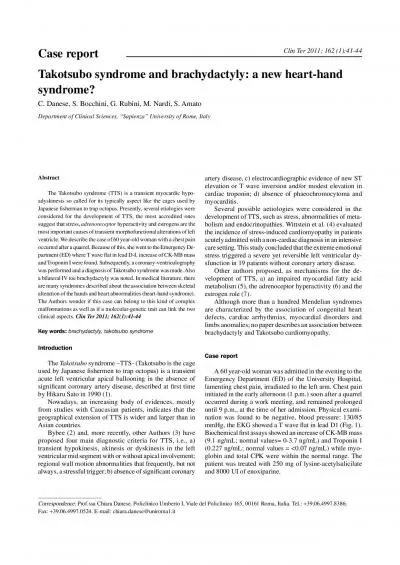PPT-Takotsubo Cardiomyopathy
Author : tatiana-dople | Published Date : 2018-10-06
versus STsegment elevation MI A case series Ashwini Davison Justin Dunn Jason Mock Deepa Rangachari May 13 2009 Types of Trials Controlled Study Randomize Control
Presentation Embed Code
Download Presentation
Download Presentation The PPT/PDF document "Takotsubo Cardiomyopathy" is the property of its rightful owner. Permission is granted to download and print the materials on this website for personal, non-commercial use only, and to display it on your personal computer provided you do not modify the materials and that you retain all copyright notices contained in the materials. By downloading content from our website, you accept the terms of this agreement.
Takotsubo Cardiomyopathy: Transcript
Download Rules Of Document
"Takotsubo Cardiomyopathy"The content belongs to its owner. You may download and print it for personal use, without modification, and keep all copyright notices. By downloading, you agree to these terms.
Related Documents

